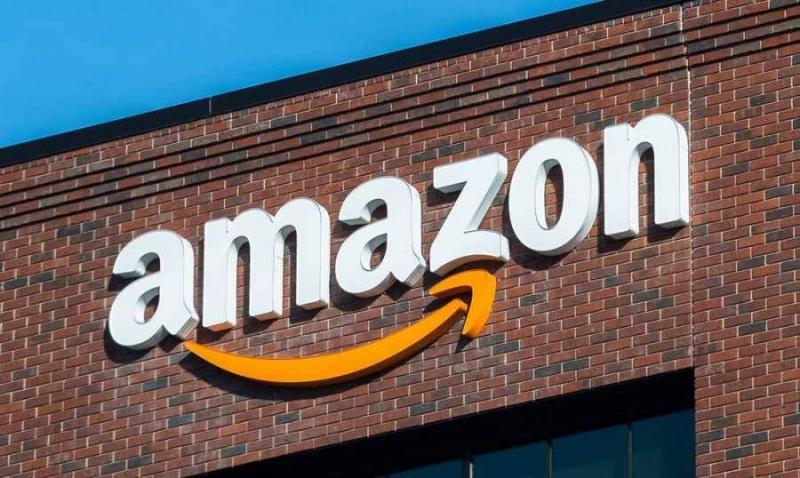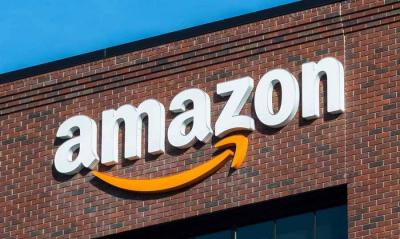Amazon, the most famous American e-commerce giant, still generates the majority of its income through e-commerce operations via its online stores. E-commerce is the core sector, or golden belt, in which Amazon was established and thrived, becoming the largest e-commerce company in the world. The company has also expanded into other sectors, where it now derives most of its net profits from its cloud computing services. So why are the company’s major new acquisitions occurring in different sectors outside of e-commerce, its primary business area?
On Tuesday, Amazon announced it would acquire One Medical for $3.9 billion, marking a significant expansion into the healthcare services sector. This deal enhances the services Amazon already offers in this field, which include online pharmacy services and telehealth, among others. Prior to the One Medical acquisition, Amazon made its two largest acquisitions ever, the first being the $13.7 billion purchase of the Whole Foods grocery chain in 2017, and the second being the $8.45 billion acquisition of MGM Studios last year.
According to Emily Feldman, a management professor at the University of Pennsylvania, these deals illustrate the e-commerce giant's pursuit of expansion and continuous growth, despite already being a large company. Feldman noted that this continued quest for growth and expansion is a strategy aimed at entering adjacent sectors to its core operating area, which might be somewhat constrained. She adds that the company is looking for rapidly growing sectors like healthcare, and that the MGM deal enhances its ability to reach the public through films, advertising, and more.
Health digital sector analyst Lisa Phillips from Insider Intelligence states that Amazon is expanding into healthcare in search of continuous growth, which is available in the healthcare sector. On the other hand, the e-commerce giant cannot expand within its current sector, as it risks attracting the scrutiny of authorities investigating its market power and scale in that sector; instead, Amazon is aggressively expanding into other areas.
Amazon’s three most recent acquisitions came after serious attempts to establish operations in those sectors. Since as far back as 2000, Amazon has invested and recruited some of its best specialists to create grocery delivery services, represented by services like Amazon Fresh and Prime Now, yet it has not made significant progress beyond delivery operations. Consequently, Amazon’s acquisitions bolster its understanding of the various sectors the company has sought to expand into.
Similarly, Amazon’s Prime Video on-demand streaming service competes with similar services like Netflix and Disney+, where Amazon spends millions of dollars annually to create exclusive content for Prime members. Upon completing the MGM deal, the company expanded its content available on Prime, allowing it to showcase a large array of films, including the James Bond film series, among others.
Amazon has replicated this approach in the healthcare sector, acquiring PillPack in 2018 for $750 million before launching its own online pharmacy service. The company also introduced Amazon Care, a means of providing telehealth services, initially starting it for its employees before making it available for other parties.




